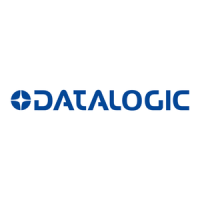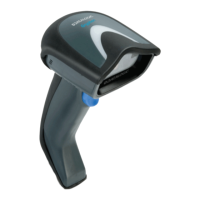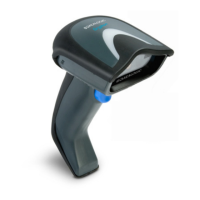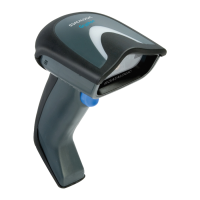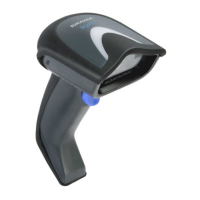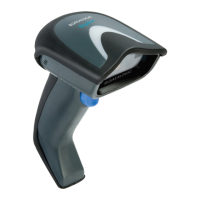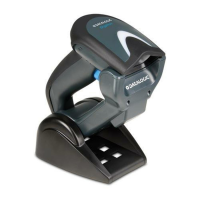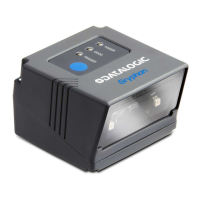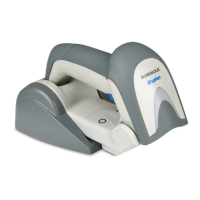Product Reference Guide
123
1D SYMBOLOGIES
1D Code Selection
The reader supports the following 1D symbologies (bar code types). See "2D
Symbologies" starting on
page 215 for 2D bar codes. Symbology-dependent
options are included in each chapter.
• Disable All Symbologies, page 124 • GS1-128, page 162
• Code EAN/UPC, page 125 • Code ISBT 128, page 163
• UPC-E, page 128 • Interleaved 2 of 5 (I 2 of 5), page 166
• GTIN Formatting, page 131 • Interleaved 2 of 5 CIP HR, page 171
• EAN 13 (Jan 13), page 132 • Follett 2 of 5, page 171
• ISSN, page 134 • Standard 2 of 5, page 172
• EAN 8 (Jan 8), page 135 • Industrial 2 of 5, page 176
• UPC/EAN Global Settings, page 137 • Code IATA, page 180
• Add-Ons, page 139 • Codabar, page 181
• Code 39, page 146 • ABC Codabar, page 187
• Trioptic Code, page 152 • Code 11, page 190
• Code 32 (Ital Pharmace
utical Code), page
152
• GS1 DataBar™ Omnidirectional, page
194
• Code 39 CIP (French
Pharmaceutical), page 154
• GS1 DataBar™ Expanded, page 196
• Code 39 Danish PPT, page 154 • GS1 DataBar™ Limited, page 200
• Code 39 LaPoste, page 155 • Code 93, page 202
•
Code 39 PZN, page 155 • MSI, page 206
• Code 128, page 156 • Plessey, page 211
Default settings are in
dicated at each feature/option with a green arrow. Also
reference Appendix B, Standard Defaults for a listing of the most widely used
set of standard factor
y settings. That section also provides space to record any
custom settings needed or implemented for your system.
To set most features:
1. Scan the ENTER/EXIT PROGRAMMING bar code at the top of applicable
programming
pages.
2. Scan the correct bar code to set the
desired programming feature or
parameter. You may need to cover unused bar codes on the page, and
possibly the facing page, to ensure that the reader reads only the bar code
you intend to scan.
3. If additional input param
eters are needed, go to Appendix D, Keypad, and
scan the appropriate characters from the keypad.
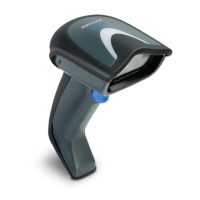
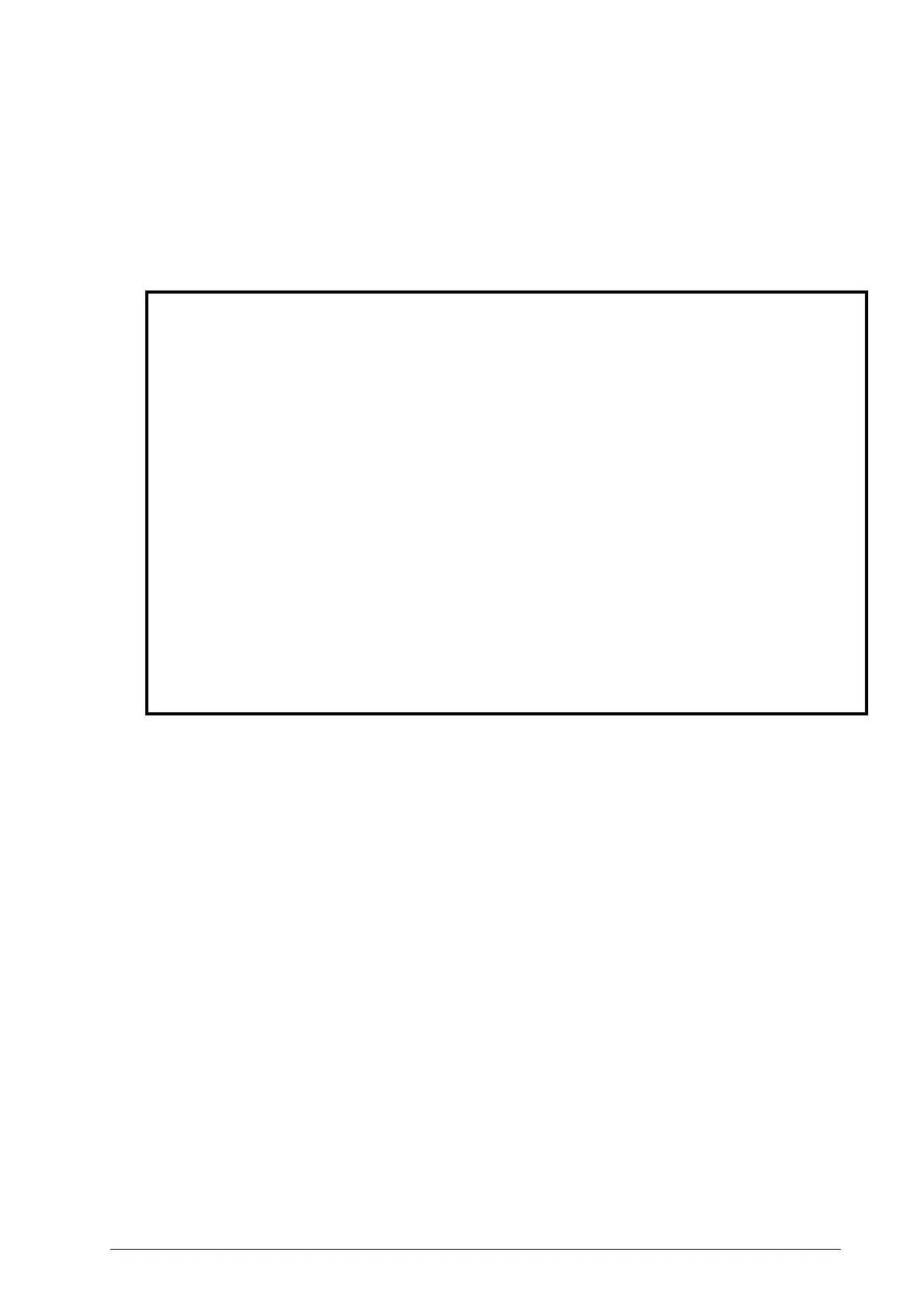